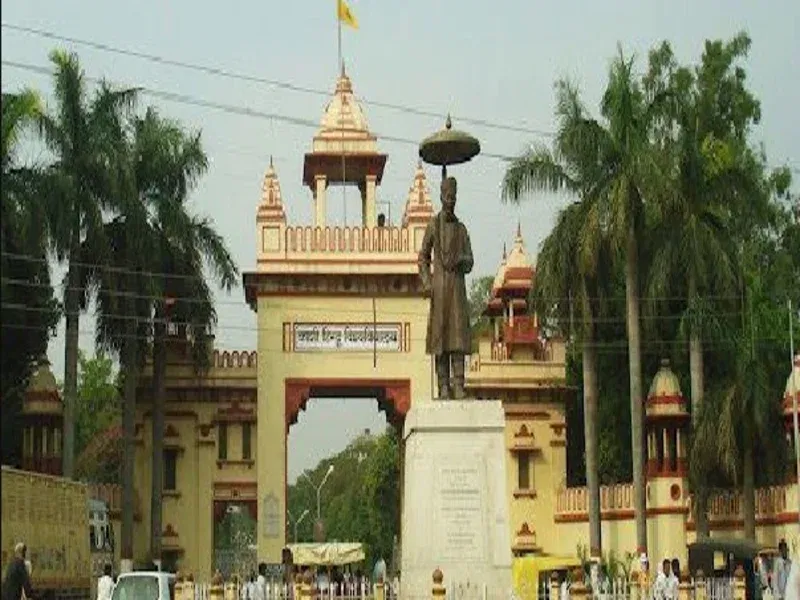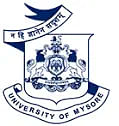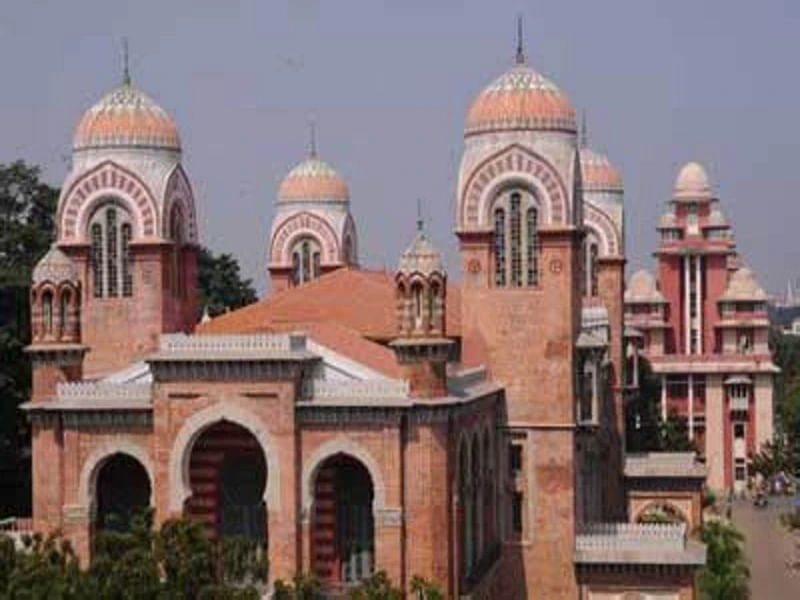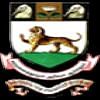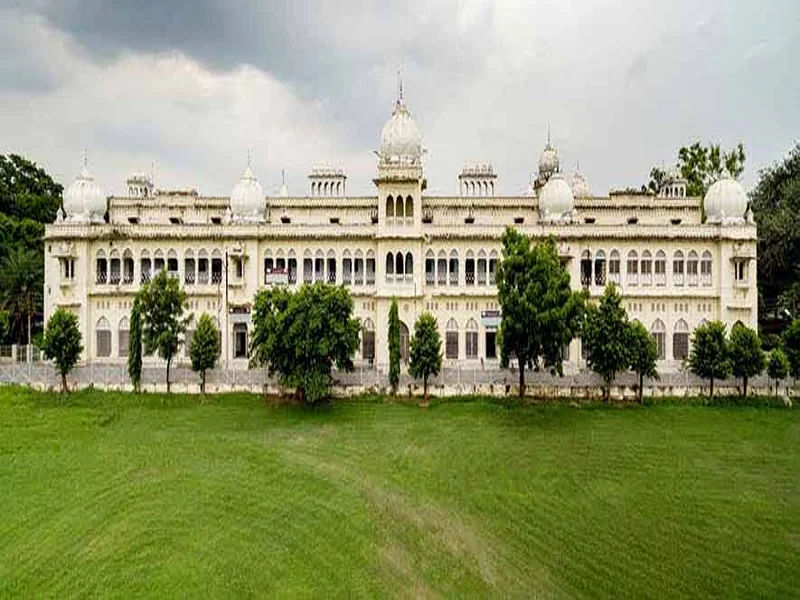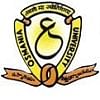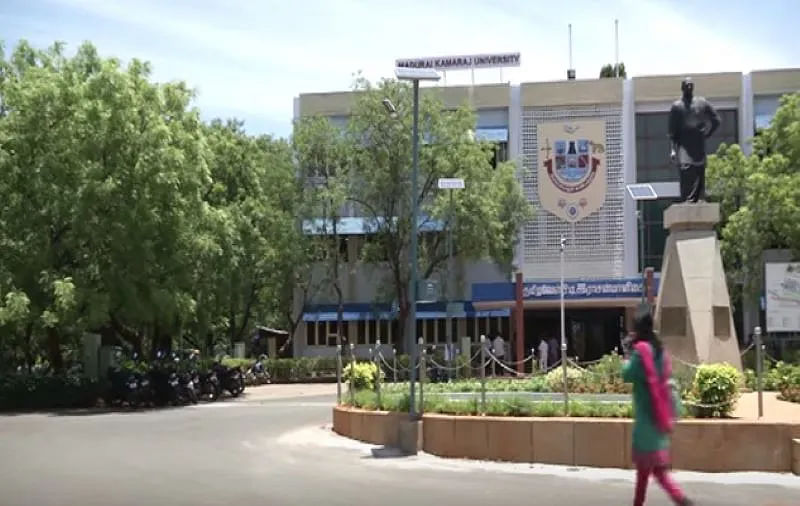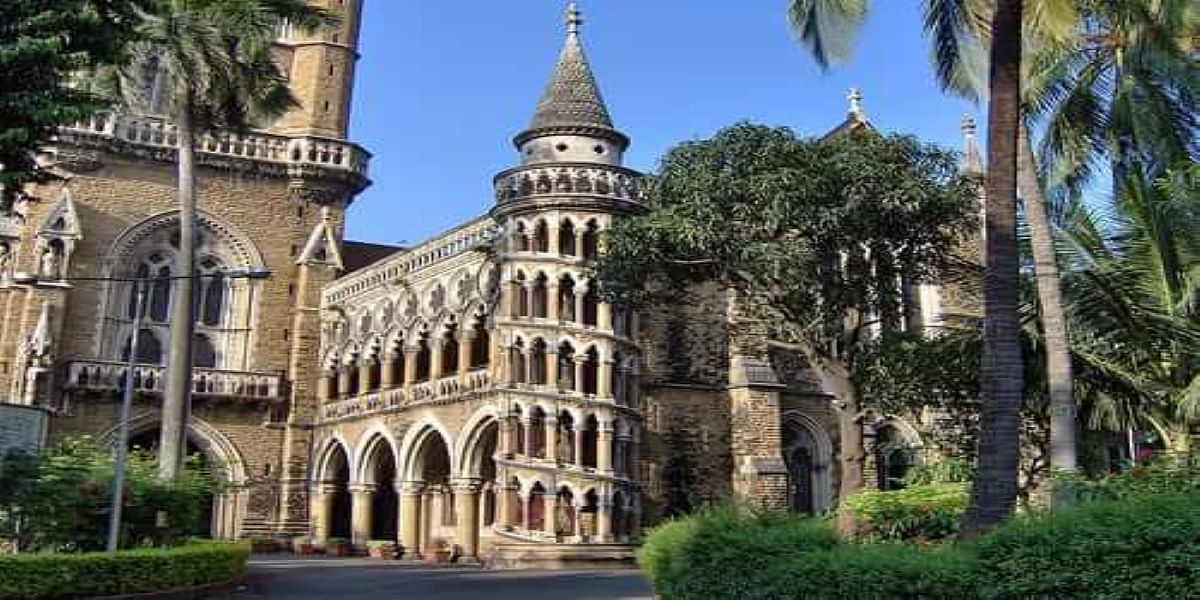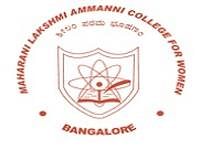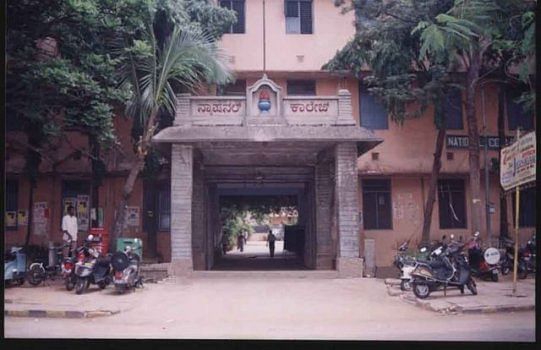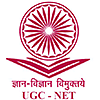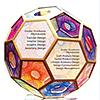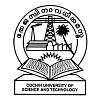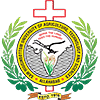MA Kannada Syllabus and Subjects

MA Kannada syllabus can differ for the students based on the specialisation that the aspirants decide to pursue. MA Kannada subjects are spread across four semesters. The Master of Arts in Kannada subjects are designed to give the students a deeper understanding of the course in the language Kannada.
Semester Wise Syllabus MA Kannada
The MA Kannada subject list differs according to the specialisation that the students decide to pursue. The MA Kannada 1st year syllabus majorly focuses on the foundational subjects related to language philosophy, Kannada Literature, and history.
Due to this, the MA Kannada first-year syllabus does not change that much. The MA Kannada course introduces students to all the major information they need. Listed below is the syllabus for MA Kannada semester wise which thus, tends to be the same across the board.
MA Kannada Syllabus First Year
The table below contains the list of MA Kannada subjects in the first year:
|
Semester I |
Semester II |
|
Prosody and Dravidian Linguistics |
Folklore: Principles of the Literature |
|
Mediaeval Kannada Literature |
Old Kannada Poetry and prose |
|
Modern Kannada Literature: Poetry: A Genre |
Indian Kannada Poetries |
|
Background, Impetus and Influence in Kannada Literature |
Kannada Literature History |
MA Kannada Second Year Syllabus
The table below contains the list of MA Kannada subjects in the second year:
|
Semester III |
Semester IV |
|
Comparative Literature |
Kannada Epigraphy (Principles and selected Inscriptions) |
|
Ancient Kannada Literature |
Modern Poetry and Prose |
|
Poetics: Indian and Western |
Study of Davidian and Kannada Linguistics and Grammar |
|
Literary Criticism |
Study of Translation and Feminism in Kannada Literature |
MA Kannada Subjects
MA Kannada subjects are dependent on the specialisation that the aspirants decide to pursue. MA Kannada subjects are decided based on the core topics in Kannada philosophy, history, and literature, as well as the topics in the specialisation.
MA Kannada Core Subjects
The core MA Kannada subjects list contains essential subjects that all MA Kannada students study, which are as follows:
- Modern Kannada Literature
- Mediaeval Kannada Literature
- Prosody and Dravidian Linguistics
- Ancient Kannada Literature
MA Kannada Course Structure
The MA Kannada course structure consists of core subjects. The course is a two-year-long postgraduate course, divided into four semesters. From the second year onwards, students are introduced to specific subjects related to their specialisation. The course structure is:
- IV Semesters
- Core Subjects
- post-graduate Course
- Research Project
MA Kannada Teaching Methodology and Techniques
MA Kannada’s teaching methodology and techniques encompass traditional lecture-based training. The traditional classroom teaching methods allow the students to ask the questions they might have and get answers to them. The course has teaching methods and techniques designed to ensure that the students pursuing this course have access to all the infrastructure and facilities available. Listed below are the teaching methodology and strategies in general:
- Lectures
- Practical Sessions
- Research Papers
- Seminars
- Group Discussions
- Traditional Classroom-Based Teaching
MA Kannada Course Projects
When pursuing a Master of Arts in Kannada course, research projects are an integral part of the studies. These projects are assessed by the professors to judge the student's understanding of the subjects. Students can choose their project topics based on the specialisation they choose to pursue. Some of the popular research projects are listed below:
- The Historical Assessment of Kannada Literature
- Poetry – Old Kannada
- Modern Poetry
- Study of Davidian and Kannada Linguistics and Grammar
MA Kannada Course Books
When pursuing a MA in Kannada, books can be a great investment for the students as they can really help them learn about their specialisation in great detail.
Books can be a source of information for the students whereby they can further learn about topics of their interest. Students can rent out the reference books from libraries, download them online or purchase them.
Listed below are some of the popular MA Kannada course books that the students can invest in:
|
Name of Book |
Author |
|
Malegalalli Madumagalu |
Kuvempu |
|
Kannada Sahitya Charitre |
Ram Shri |
|
Chidambara Rahasya |
Poornachandra Tejaswi |
|
Mookajjiya Kanasugalu |
Kota Shivarama Karanth |
|
Kavirajamarga |
Amoghavarsha I |
